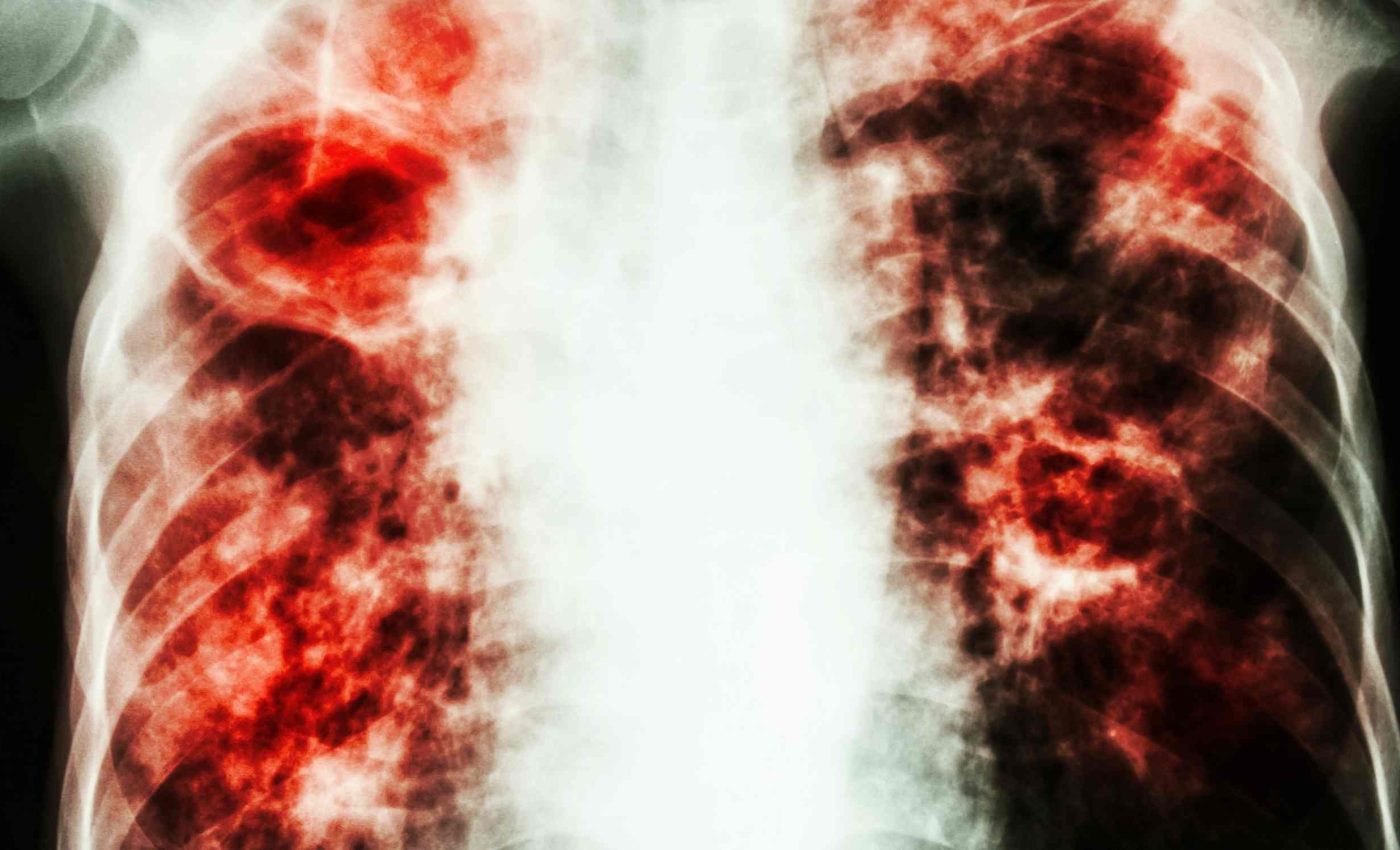
New drug is proving effective at protecting babies from serious respiratory infections
Parents and pediatric teams have waited a long time for a practical way to keep infants out of the hospital during RSV season. A single dose of nirsevimab, also called Beyfortus, is now showing real results in the clinic and in national programs.
Early numbers point in one direction. Fewer babies landing in emergency rooms and wards is becoming the norm in places that use it well.
Understanding RSV
Respiratory Syncytial Virus (RSV) is a common winter virus that targets the airways of young children and older adults. It can cause bronchiolitis and pneumonia that lead to low oxygen levels and breathing support.
The global burden is heavy. A 2022 analysis estimated about 33 million RSV lower respiratory infections in children under 5 in 2019, with millions of hospital stays worldwide.
Bohee Lee of the University of Edinburgh led a team that has kept track of how these new interventions work outside trials. Their work helps explain why some strategies appear to outperform others in day to day care.
How a lab made antibody helps infants
A monoclonal antibody is a lab made protein that sticks to one viral target. Nirsevimab binds RSV’s fusion protein and blocks the virus from entering cells.
This is passive immunization, which means the protection is delivered directly rather than asking the immune system to build it from scratch. That is useful in the first months of life, when responses to new vaccines can be slower.
Global data on nirsevimab and RSV
A new living review pulled together 50 population studies and found that nirsevimab cut RSV related hospital admissions in infants by about 80 percent, with similar reductions for emergency care and intensive care use.
The review found no real world effectiveness data yet for maternal vaccination programs in 2023 to early 2025.
Durability matters during a long season. The HARMONIE trial reported 82.7 percent efficacy against RSV hospitalization through 180 days, which covers and slightly exceeds a typical five month season.
Earlier data set the stage. The primary report showed 83.2 percent efficacy against RSV hospitalization and strong protection against very severe disease.
Program design also shows up in outcomes. A congress report from ESPID 2025 described much larger drops in infant RSV hospitalizations in Spain, which offered nirsevimab to all infants, than in the United Kingdom, which relied on maternal vaccination with lower and later coverage.
Maternal vaccination at a glance
Maternal vaccination protects babies by passing antibodies across the placenta before birth. The approach works best when given at the right time in pregnancy and with high uptake.
Real world effectiveness data remain limited for now. The living review above noted that, as of March 10, 2025, published observational studies had not yet shown effectiveness estimates for maternal programs, so continued monitoring is needed.
Safety is tracked across millions of infants and older adults. In aggregate data, nirsevimab did not raise serious safety signals in infants.
Rare events deserve clear numbers. The 2025 review found fewer than 10 cases of Guillain-Barré syndrome per million doses among older adults who received RSV vaccines, a rate consistent with a very rare risk that is being followed as uptake expands.
Practical details of nirsevimab
Timing matters because RSV waves are seasonal. Health systems coordinate the first weeks of life with the start of local RSV activity to cover the months of highest risk.
Dosing is straightforward for clinicians. CDC guidance recommends 50 mg for infants under 11 lb, 100 mg for those 11 lb or heavier, and 200 mg for certain 8 to 19 month old children at higher risk who are entering a second season, with no recommendation for children 20 months or older.
Coverage, timing, and logistics all shape results. Offering nirsevimab at birth during the hospital stay can lift uptake and protect babies before their first exposure.
Maternal vaccination depends on prenatal care access, timing in the third trimester, and vaccine acceptance. If coverage is uneven or starts late, fewer newborns begin life with high antibody levels when RSV circulates.
What this means for families
For families, the message is simple. One appointment can lower the odds of an ambulance ride or a hospital bed during winter.
For clinics, planning counts. Aligning supply, clear triage for eligibility, and early season scheduling can turn trial efficacy into real reductions in emergency visits and admissions.
“The six-month data from HARMONIE show Beyfortus’ protection exceeded the typical five-month RSV season,” said Thomas Triomphe, Executive Vice President, Vaccines.
His point echoes what many pediatric teams now see each week. Fewer oxygen probes, fewer IVs, and less time spent calming a wheezing infant.
Nirsevimab, RSV, and the future
The science now points in the same direction across trials and real world studies. A single dose of a targeted antibody can keep many more babies breathing easy at home.
That does not end the work. Maternal vaccination programs need more evidence on effectiveness in practice, and programs for older adults still face uptake and equity hurdles.
Nirsevimab’s performance at six months suggests well timed protection is possible across an entire winter. That makes the next RSV season feel far more manageable than the last.
The study is published in The Lancet Child & Adolescent Health.
—–
Like what you read? Subscribe to our newsletter for engaging articles, exclusive content, and the latest updates.
Check us out on EarthSnap, a free app brought to you by Eric Ralls and Earth.com.
—–













